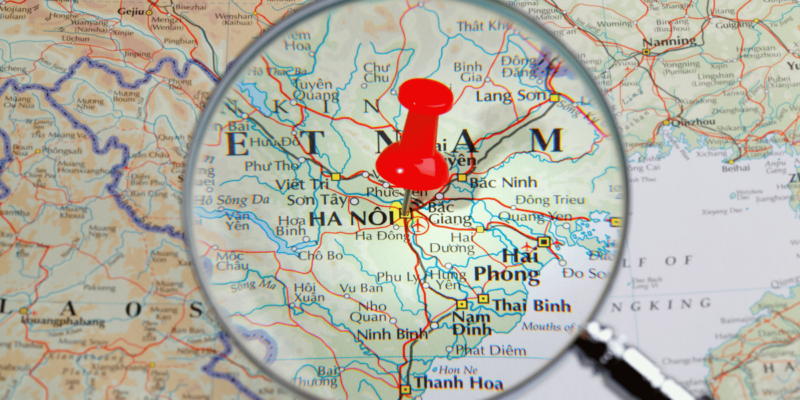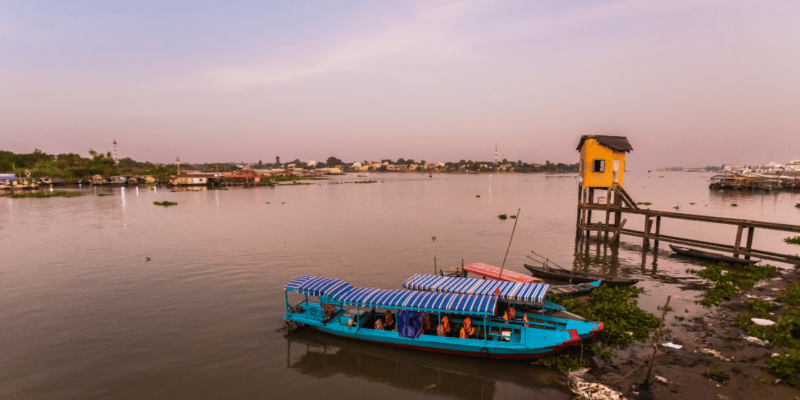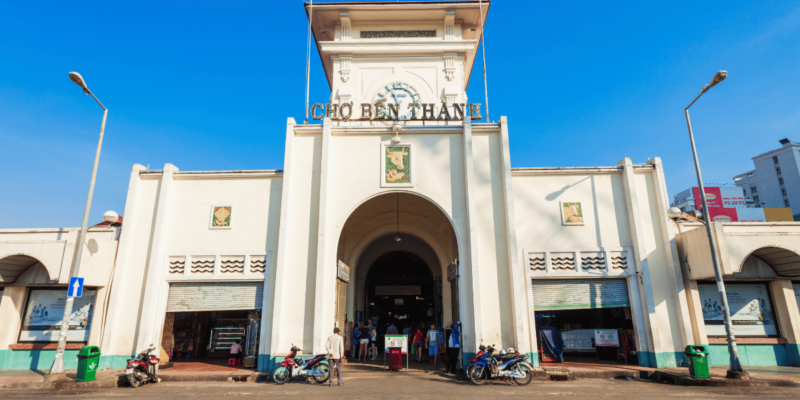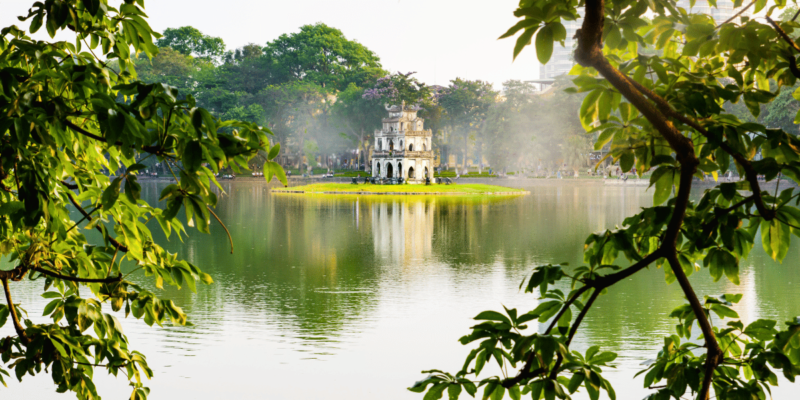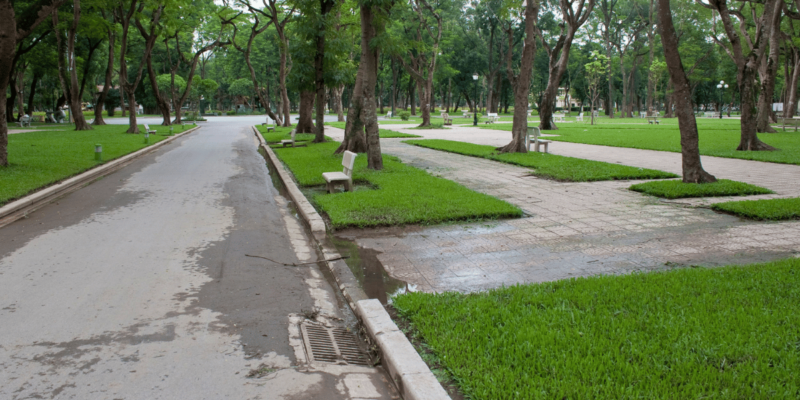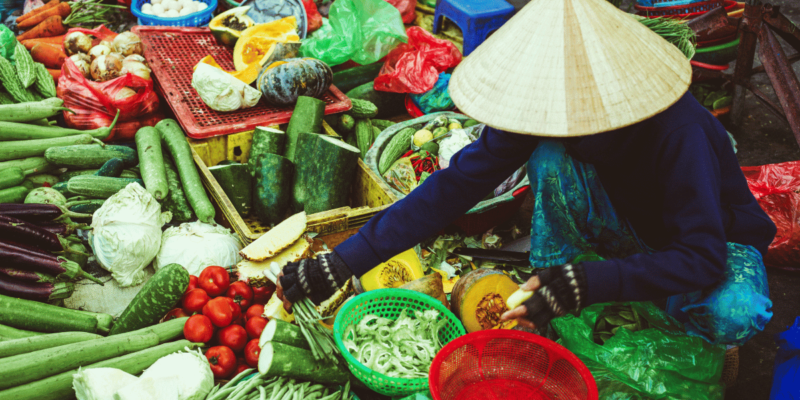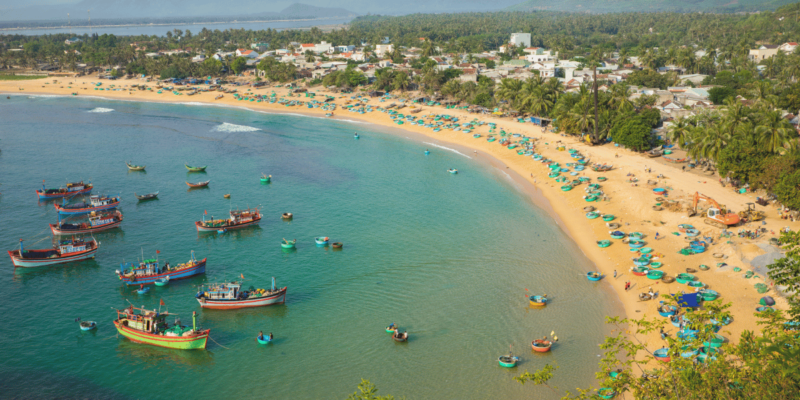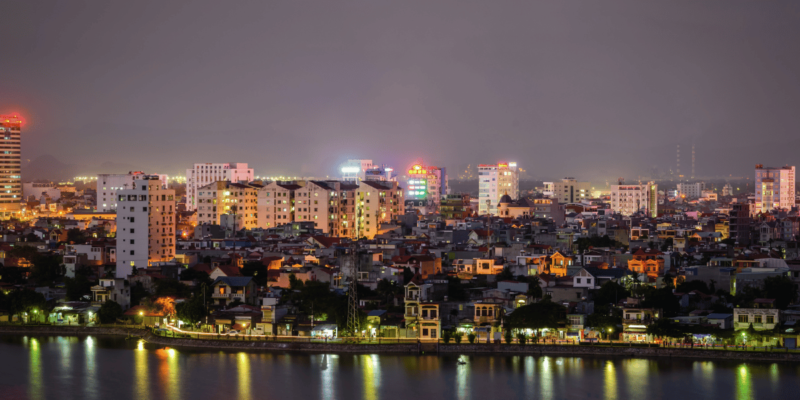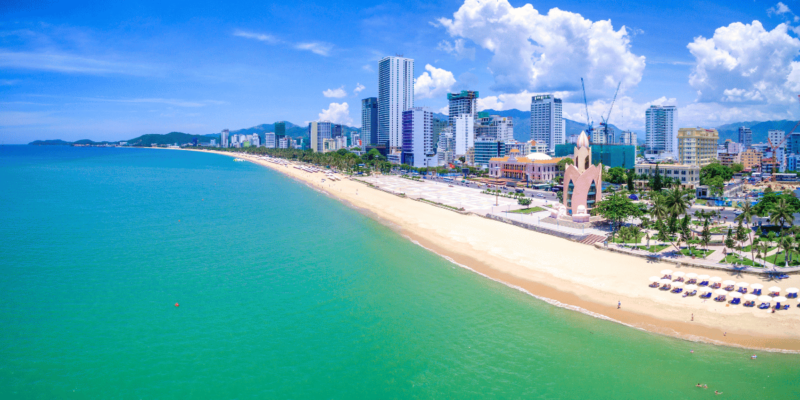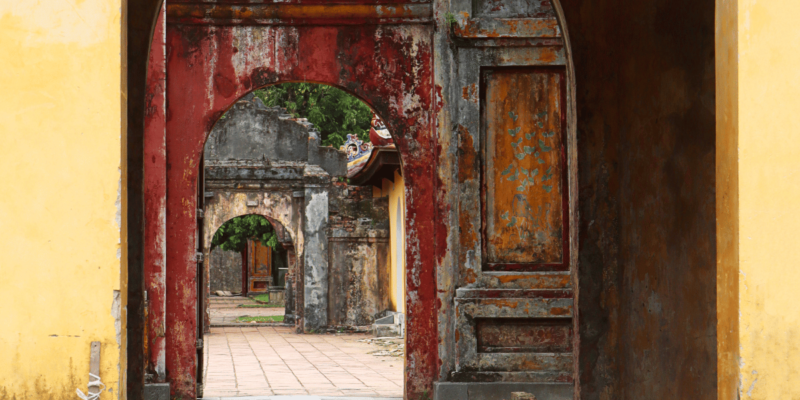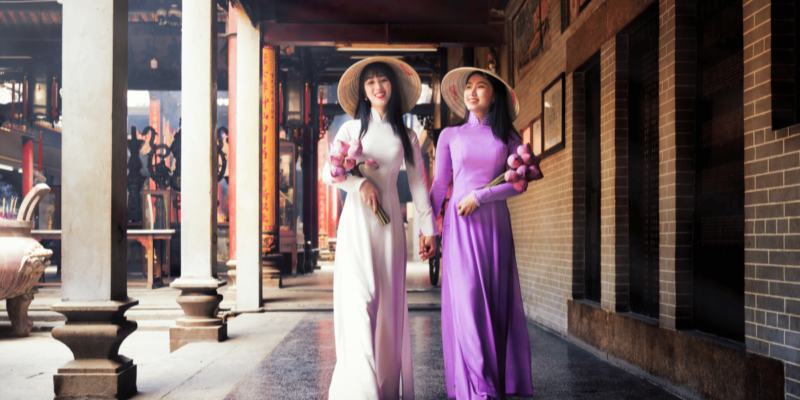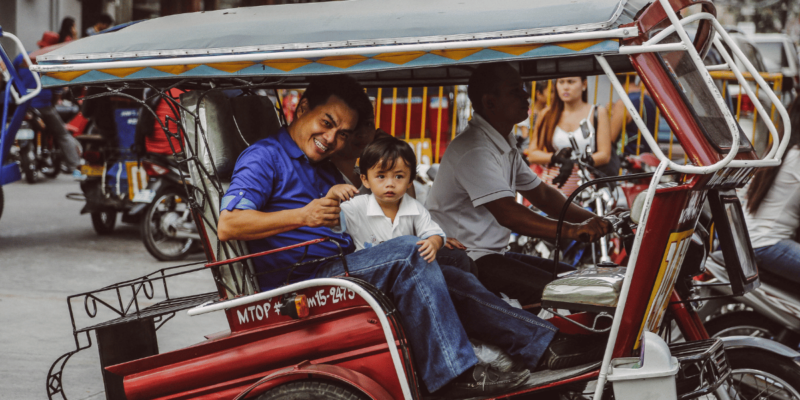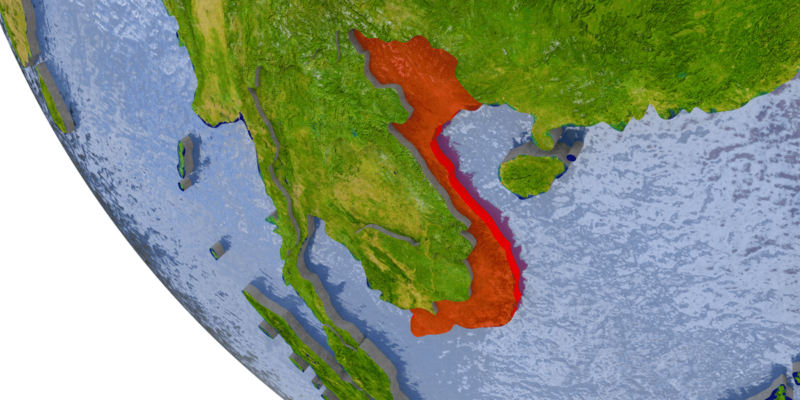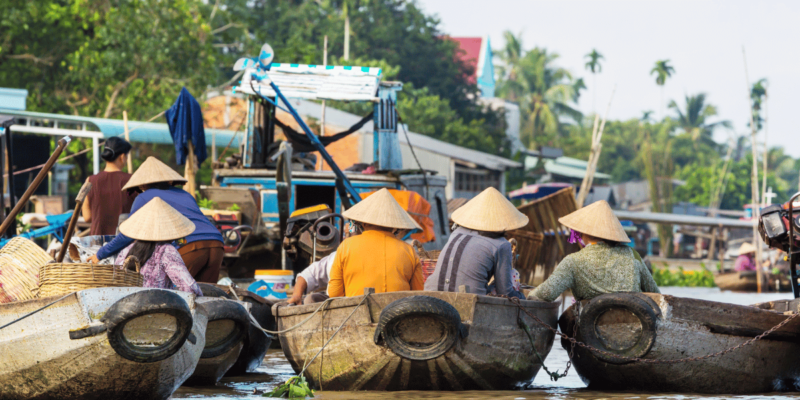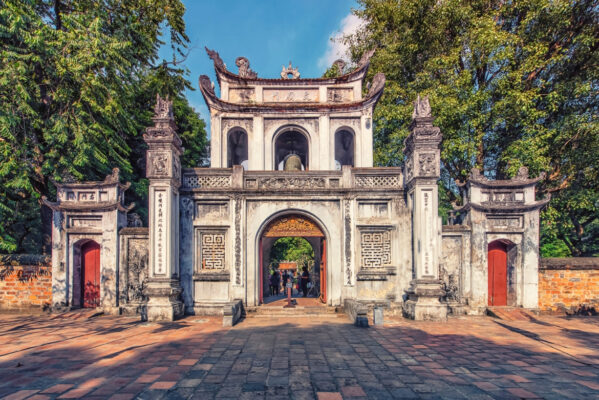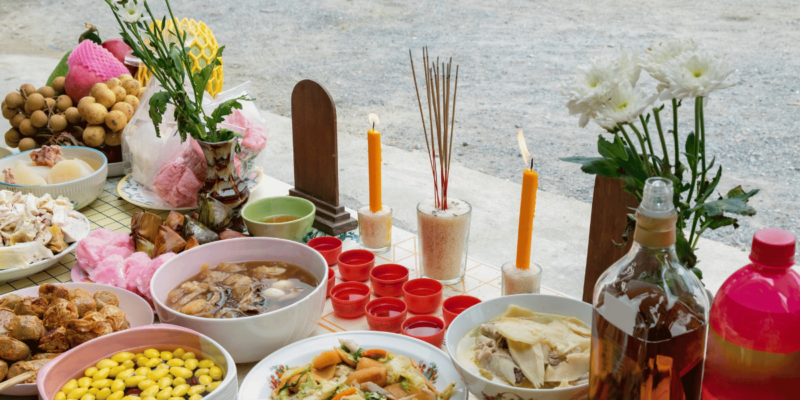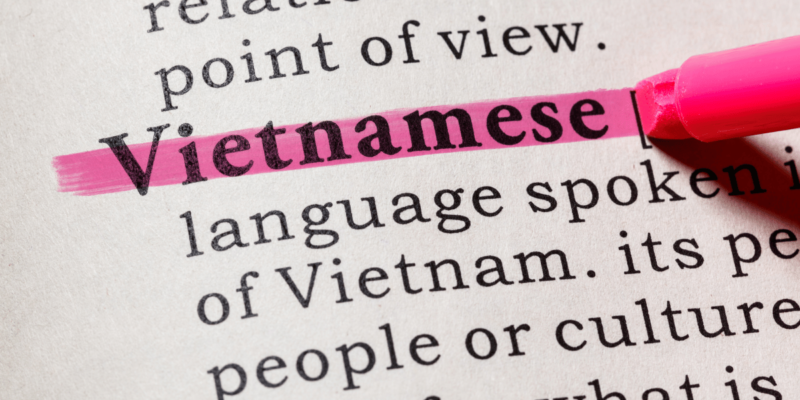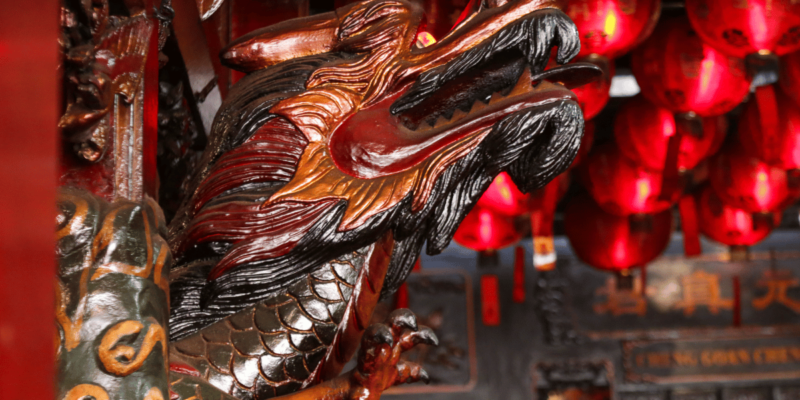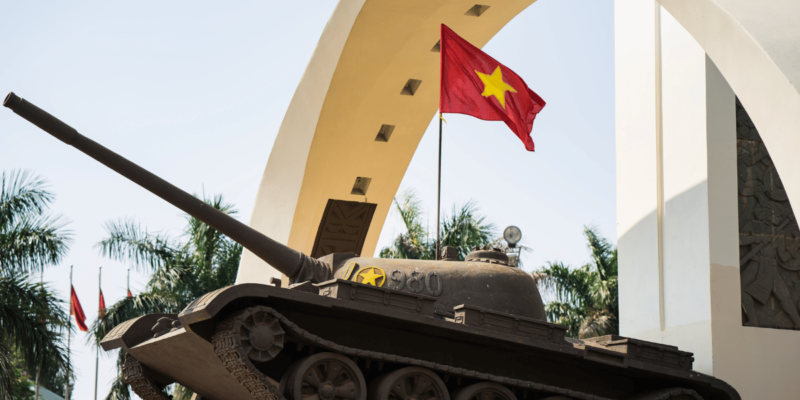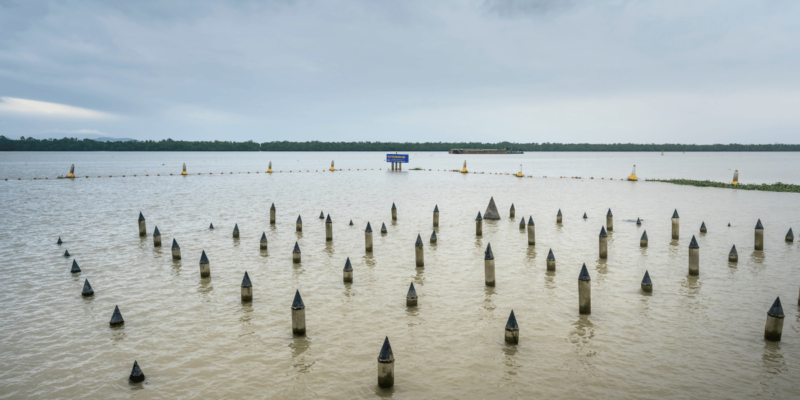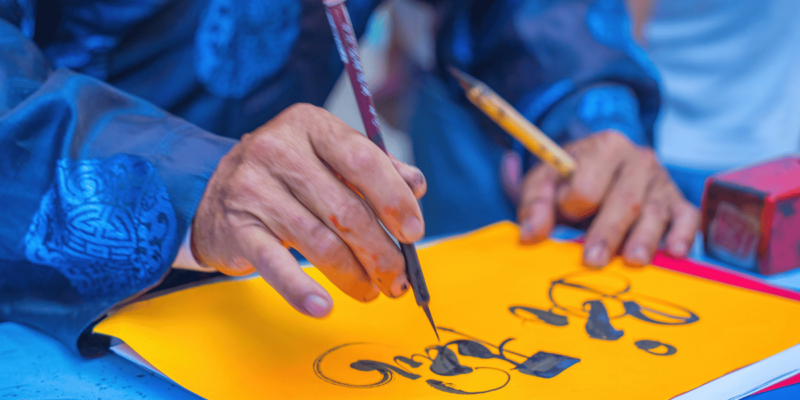Tricycle in Vietnam
Tricycles, or “xích lô,” are an iconic mode of transportation in Vietnam, symbolizing both the traditional and the practical aspects of Vietnamese life. These three-wheeled vehicles, used for transporting passengers and goods, are a common sight in cities and rural areas alike. Tricycles play a crucial role in daily life, offering an affordable and eco-friendly means of transport. This article explores the history, types, cultural significance, economic impact, environmental benefits, challenges, and future prospects of tricycles in Vietnam.
Historical Background
The tricycle has a rich history in Vietnam, dating back to the French colonial period in the late 19th and early 20th centuries. Initially introduced as a means of transporting goods and people, tricycles quickly became a popular form of transportation due to their affordability and versatility. Over the decades, tricycles have evolved, adapting to the changing socio-economic landscape of Vietnam. They have survived wars, economic shifts, and urbanization, remaining a steadfast component of Vietnamese transport culture.

Types of Tricycles
Vietnam boasts a variety of tricycles, each serving different purposes:
- Passenger Tricycles (Cyclo): These are the most recognized type, primarily used for transporting people. Cyclo drivers often provide tours for tourists, offering a unique way to explore cities like Hanoi and Ho Chi Minh City.
- Cargo Tricycles: Used for transporting goods, these tricycles are essential for small businesses and local vendors. They are designed to carry heavy loads, making them ideal for transporting produce, building materials, and other goods.
- Modern Adaptations (Electric Tricycles): With technological advancements, electric tricycles have emerged as a sustainable alternative. These modern versions offer greater efficiency and are becoming increasingly popular in urban areas.
Cultural Significance
Tricycles are deeply woven into the cultural fabric of Vietnam. They are not just a means of transport but a symbol of the traditional Vietnamese way of life. Tricycles frequently appear in Vietnamese art, literature, and cinema, representing the enduring spirit of the Vietnamese people. They are also featured in festivals and celebrations, showcasing their cultural importance and nostalgic value.
Economic Impact
The economic role of tricycles in Vietnam is significant. They provide employment opportunities for thousands of drivers, supporting livelihoods across the country. Tricycles are crucial for small businesses, enabling the efficient and cost-effective transport of goods. The affordability of tricycles makes them accessible to many, contributing to the local economy and fostering entrepreneurship.
Environmental Considerations
Tricycles are an eco-friendly transportation option, producing no emissions and contributing to reduced air pollution. Compared to motorbikes and cars, tricycles offer a sustainable alternative, promoting greener urban mobility. The use of electric tricycles further enhances their environmental benefits, aligning with global trends towards sustainability and eco-conscious living.
Challenges and Future Prospects
Despite their many benefits, tricycles face challenges in modern Vietnam. The rapid urbanization and increasing dominance of motorized vehicles pose a threat to the traditional tricycle. Regulatory and infrastructural issues also hinder their operation. However, there are promising innovations, such as the development of electric tricycles and dedicated cycling lanes, which could ensure the continued relevance of tricycles in Vietnam’s transport ecosystem.
Personal Stories and Anecdotes
Tricycles are more than just vehicles; they are part of the personal stories of many Vietnamese. Drivers, often referred to as “cyclo men,” share tales of their daily experiences, the challenges they face, and the unique interactions they have with passengers. These anecdotes reflect the human side of tricycles, highlighting their impact on individual lives and communities.
For instance, Mr. Nguyen, a cyclo driver in Hanoi, shares how his job allows him to meet people from all walks of life, providing not just transportation but also a connection to the city’s history and culture. Similarly, Ms. Lan, a vendor who relies on a cargo tricycle, speaks of how this simple vehicle supports her small business, enabling her to provide for her family.
Conclusion
Tricycles hold a special place in Vietnam, symbolizing resilience, tradition, and practicality. They play a vital role in the country’s cultural, economic, and environmental landscape. Despite facing modern challenges, the tricycle remains a beloved and indispensable part of Vietnamese life. As Vietnam continues to grow and modernize, the future of tricycles will depend on innovative adaptations and sustainable practices, ensuring that they remain a cherished part of the nation’s heritage.

